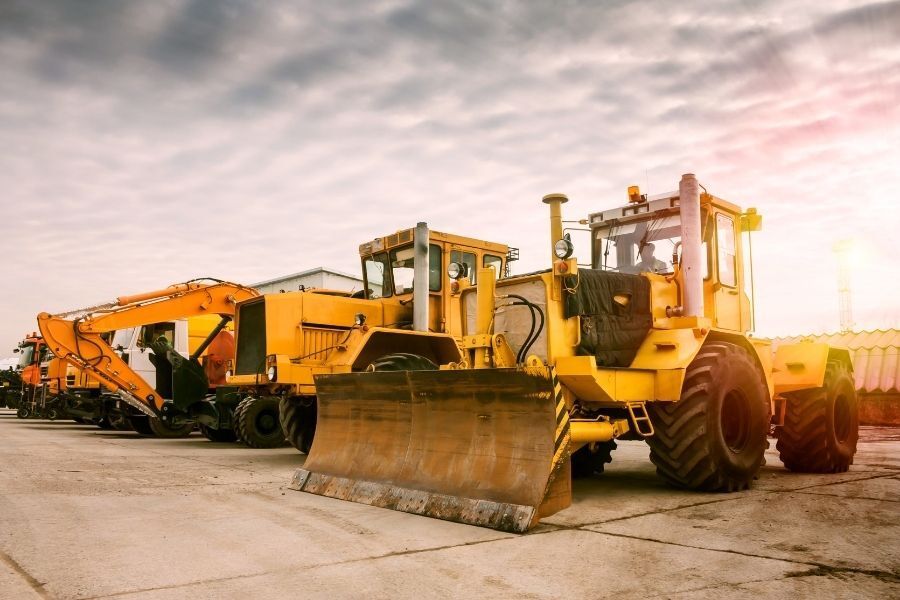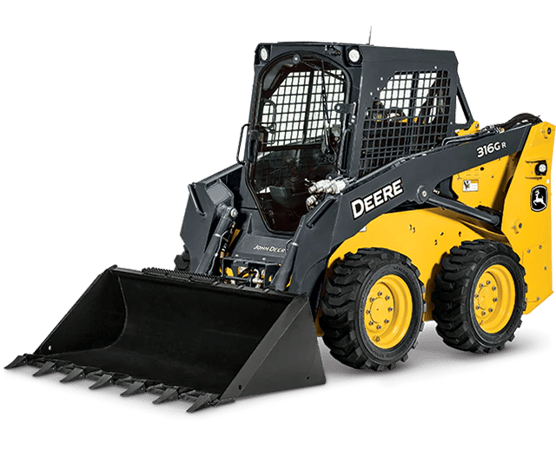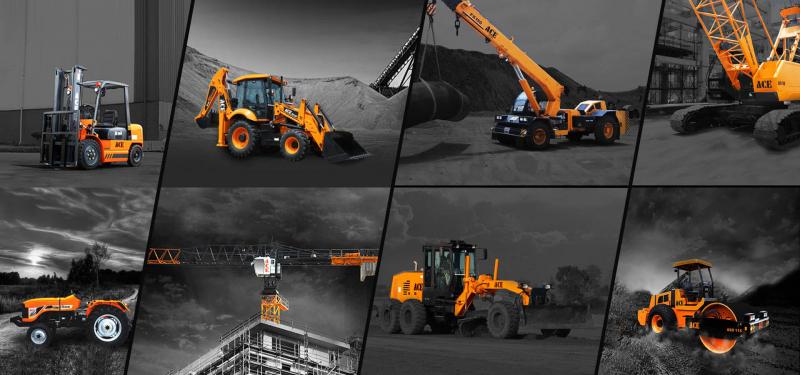Scissor Lift Rental: Safe and Efficient Raising Solutions
Optimize Your Spending Plan by Understanding the Expenses Related To Construction Equipment Services
Recognizing the full scope of prices connected with building equipment services is vital for maximizing your budget. While the first rental charge may appear simple, numerous added costs-- such as transport, fuel surcharges, and upkeep-- can rapidly gather, affecting your financial preparation. Furthermore, recognizing different charges and the details of rental agreements can aid prevent unanticipated monetary worries. What techniques can be used to properly handle these prices and guarantee an extra efficient rental experience?
Introduction of Rental Costs
When taking into consideration building equipment leasings, understanding the linked costs is paramount for reliable budgeting and project preparation. Rental prices can differ dramatically based upon numerous aspects, consisting of tools kind, duration of leasing, and area. The preliminary rental cost typically mirrors the equipment's market demand and its connected functional capacities, influencing the general cost.
Along with the base rental price, secondary expenses may develop, such as transportation charges, gas surcharges, and upkeep charges. It is vital to represent these added expenses to precisely examine the overall price of renting out devices. The rental duration can affect pricing; longer services may qualify for discounted prices, while temporary services could sustain higher everyday costs.

Break Down of Rental Rates
A detailed understanding of rental prices is crucial for contractors and project managers intending to enhance their budgets. Rental prices for building and construction devices typically consist of several components, consisting of base rates, time-based charges, and usage costs.
Base prices are the core fees related to the rental of the devices, usually determined by the type and size of the equipment. These prices can differ significantly, influenced by aspects such as tools demand, availability, and regional market trends. Time-based fees, which might be daily, weekly, or monthly, offer to fit various job timelines and rental durations.
Furthermore, rental prices might include use charges, which apply when equipment is utilized beyond a specified threshold, making sure that the rental business can account for damage. Seasonal demand fluctuations can also influence rental prices, with peak building and construction periods usually commanding greater costs.
Additionally, understanding the rental company's plans pertaining to maintenance and insurance policy can give additional insight into the general cost framework. By examining these parts, contractors can make educated decisions, ensuring the selection of rental devices lines up with both task demands and budget plan restrictions.
Additional Costs to Take Into Consideration
Comprehending the complexities of extra costs is vital for contractors to manage their general leasing expenditures efficiently. Beyond the conventional rental rates, different supplemental charges can substantially affect the complete price of tools leasing. These costs commonly include distribution and pick-up fees, which can vary based upon distance and logistics associated with delivering the tools to and from the task website.
Additionally, some rental business may enforce gas additional charges if the tools is returned with less gas than when rented. It is additionally crucial to understand possible cleaning charges, specifically for specialized equipment that needs thorough upkeep after use.

Extensively evaluating the rental arrangement and clearing up these added fees in advance can help specialists stay clear of unanticipated prices and guarantee that spending plans remain intact throughout the job lifecycle.
Repair And Maintenance Expenses
Normal repair and maintenance expenses are often neglected aspects that can dramatically affect the total expense of building and construction devices services. When renting out devices, it is important to think about not only the rental costs however also the possible costs linked with keeping the machinery in optimal operating problem.
Numerous rental companies consist of fundamental maintenance as component of the rental agreement; nevertheless, much more Continue extensive repair work or unexpected failures can result in extra expenditures. It's vital to assess the rental contract meticulously to comprehend what upkeep solutions are covered and what responsibilities drop on the occupant.
Additionally, tools that is not properly maintained can cause inefficiencies on the job website, possibly creating delays and increasing project costs. To reduce these risks, it is suggested to perform regular examinations and preserve open communication with the rental company pertaining to any kind of problems you can find out more that develop during usage.
Insurance Coverage and Obligation Costs
Insurance policy and liability expenses are important elements that can significantly impact the total expenditure of construction equipment services (boom lift rental). These expenses make certain that both the rental business and the customer are secured from prospective monetary losses developing from mishaps, damage, or theft during the rental period

Additionally, clients must know any kind of deductibles or exclusions in the insurance coverage policy, as these can impact possible out-of-pocket costs. Understanding the terms of any type of insurance protection is important to prevent unanticipated prices. Ultimately, budgeting for insurance policy and liability costs can aid ensure a smoother rental experience and secure versus financial risks related to building tasks.
Final Thought
In final thought, a detailed understanding of the prices linked with building and construction devices services is necessary home for effective spending plan management. Eventually, informed decision-making concerning equipment leasings adds to the overall success of construction endeavors.
Rental expenses can vary considerably based on a number of variables, including tools type, duration of service, and place (scissor lift rental). The rental period can affect prices; longer leasings might certify for affordable rates, while short-term services may sustain greater everyday fees
By performing comprehensive research study and engaging with reputable rental companies, contractors can effectively navigate the intricacies of rental pricing, ultimately maximizing their economic resources.
Beyond the conventional rental rates, various additional charges can considerably influence the total cost of tools rental. Rental firms commonly supply liability insurance that covers injuries to 3rd parties or damage to residential or commercial property, while tools damages insurance coverage can cover the cost of repair services or replacement if the leased equipment is harmed.